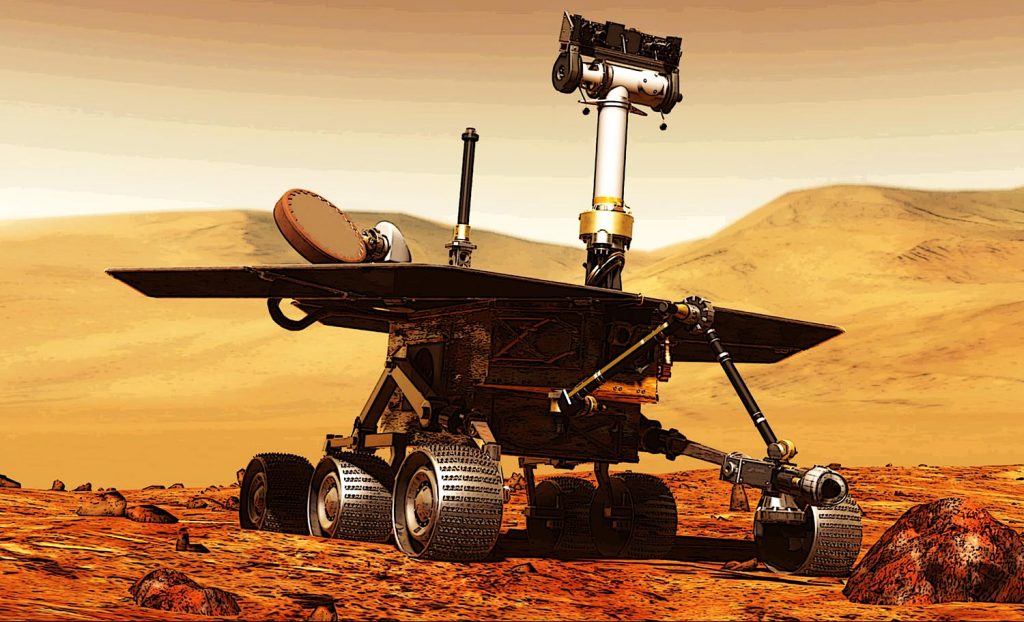|
Getting your Trinity Audio player ready...
|
NASA Curiosity Rover has made a remarkable discovery while exploring the foothills of Mount Sharp, a 3-mile-tall (5-kilometer-tall) mountain on the Red Planet. Curiosity has been making its way up the mountain since 2014, allowing scientists to study the evolution of Mars from a more Earth-like planet, with a warm climate and plenty of water, to the cold desert it is today.
Recently, the rover has stumbled upon evidence of ancient water ripples, preserved in a thin layer of dark rock known as the “Marker Band.” These rippled rock textures suggest the existence of lakes in a region of Mars that scientists believed to be drier, providing scientists with some of the clearest evidence yet of ancient water on the Red Planet. Despite several attempts, Curiosity has not been able to drill a sample from this layer due to its hardness, however, scientists will continue to look for softer rock in the coming weeks.
In a valley named Gediz Vallis, scientists can see another clue to the history of Mars’ ancient water. The valley was carved by wind, but a channel running through it is believed to have been eroded by a small river.
Scientists suspect that wet landslides also occurred here, sending boulders and debris to the bottom of the valley, creating one of the youngest features on Mount Sharp. Curiosity had a glimpse of this debris twice last year but could only survey it from a distance. The rover team hopes to have another chance to view it later this year.
Another fascinating discovery within the Marker Band is an unusual rock texture that is likely caused by some sort of regular cycle in the weather or climate, such as dust storms. Close to the rippled textures are rocks made of layers that are regular in their spacing and thickness.
This type of rhythmic pattern in rock layers is often found on Earth and stems from atmospheric events happening at periodic intervals. It is possible that the rhythmic patterns in these Martian rocks resulted from similar events, hinting at changes in the Red Planet’s ancient climate.
In conclusion, the recent discoveries made by Curiosity provide a glimpse into the rich and complex history of Mars, painting a picture of a planet that was not just dry but also had a wonderful complexity to its ancient climate, much like Earth’s. These findings will be crucial in furthering our understanding of the Red Planet and potentially helping us find evidence of past or present life on Mars.



